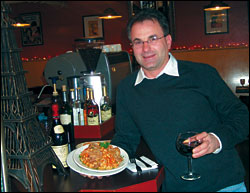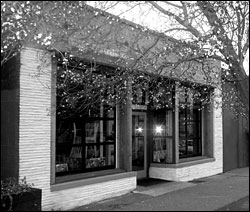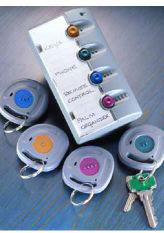Sometime in the century centered on the year 1400, legend has it, English troops were besieging the southern French town of Castelnaudary. Conditions in the town were growing desperate. The citizens decided to risk their all on one last foray against the enemy. They pooled all the foodstuffs they had leftall the beans, ham, onions, sausage, preserved duck, lamband stewed them up in one enormous vat to fill the bellies of the troops. The feast was so successful that the outnumbered French decisively kicked British butt the next morning. And that’s how cassoulet was born.
Or not (there are many legends). But cassoulet is definitely the sort of thing you’d crave if you were cold and wet and hunkered down in a bunker with battle ahead. The word comes from the same root as the American kitchen standby “casserole”; like a casserole, cassoulet is a one-pot wondercomfort food, French-style, exactly the kind of thing you’d beg Maman to make (if you lived in southwest France). But unlike most casseroles, preparing cassoulet is long and involved. At Au Bouchon, it takes three days to make, so fans have to wait two weeks between fixes. They find it well worth the wait.
It was an appropriately cold, wet winter night when I first tried cassoulet. My companion and I scurried from the car to the warm, low-lit, amber-walled interior of the Wallingford Center bistro. We’d been in for dinner before, but this time we’d come just for Cassoulet Night. Au Bouchon owner-chef Philippe Bollache learned to make cassoulet in his native Lyons, France, where his father owned a restaurant. His version comes from Carcassone (another southern French town that claims credit for originating the dish); it’s prepared with homemade duck confit, garlic sausages, braised lamb, and white flageolet beans cooked with onions, tomatoes, herbes de Provence, and garlic.
It’s the same recipe he first served for three years at his prior restaurant, Figaro Bistro on Queen Anne, after stints in the kitchens of the Painted Table, Assaggio, and Ray’s Boathouse. His cassoulet is prepared in phases: First, the duck leg is dry marinated with salt and herbs for at least one day, cooked in its own fat, and skinned; then beans are soaked and simmered lightly with the herbs and vegetables; garlic sausage is saut饤; lamb is stewed; all is assembled, drizzled with bean juice, and baked in the oven for hours, then covered with a breadcrumb crust and roasted. Finally, it’s served in a bowl (though Bollache is quick to point out that cassoulet is not a stewit’s more substantial). The result ($20) is an intense, filling dish, every bean full of the rich essence of meat. Cassoulet all but dares you to finish your portion in one sitting.
And it’s not easy, especially after a rich and filling Au Bouchon appetizer or two. An onion tart ($6) was dense and creamy with caramelized onions and Swiss cheese packed into a flaky pastry shell. Mussels ($9), steamed in a shallot and garlic white wine sauce, were good enough to please at least one shellfish aficionado we know, and portions are not skimpy. Even salads are like small entr饳, with generous garnishes of meat, cheese, or nuts. The smoked duck salad ($8) was a delicacy, the duck finely cured and flavorful. Salade ni篩se ($11) incorporated the traditional French green beans, tomatoes, olives, and anchovies, but canned tuna here was replaced by luxurious pan-seared tuna strips. An endive salad was classic, with roasted walnuts and blue cheese under a sherry vinaigrette ($7).
Even on non-cassoulet nights, Au Bouchon is a choice dinner spot. “Bistro” here means “not as pricey as fine French food can be.” Bollache keeps things relatively simple, letting ingredients speak for themselves: A dish of braised pork medallions in apple cider sauce ($14) was unforgettable, the pork flavorful and impossibly tender. Duck breast, braised and complemented with a cranberry-orange sauce ($17), was nearly as remarkablethe flavors, as in so many of Bollache’s dishes, were at once uncomplicated and intense. A coq au vin special ($16), a bistro standard, satisfied.
The small, L-shaped space is intimate, and the supremely romantic atmosphere (if Bollache’s food isn’t enough to warm your heart, his heavy French accent should do the trick) and professional, attentive service make Au Bouchon a good place to take someone special. Share a cr譥 brl饠($7). The recipe’s a secret, but you’ll sing its praises aloud.
The next cassoulet evening at Au Bouchon occurs on Saturday, March 15.







